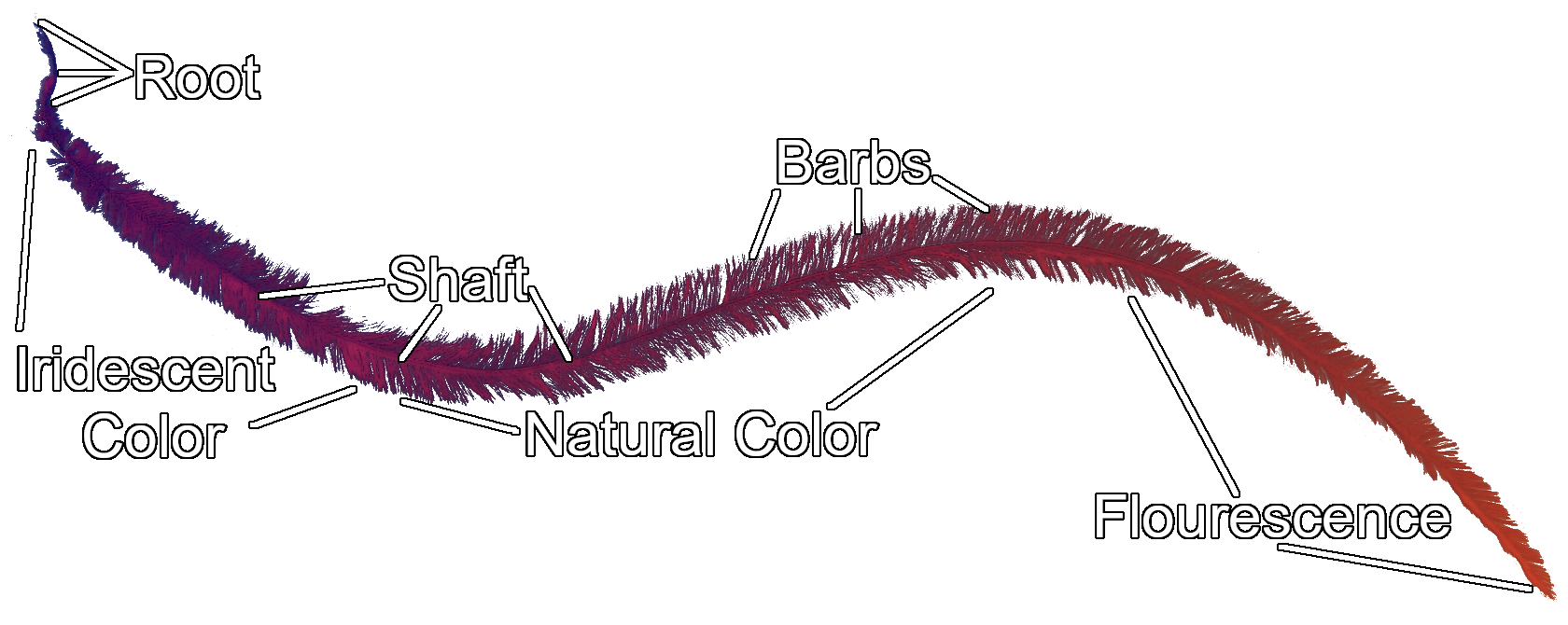Jinani - Birds of Collena
Called Jinani by the Regalti, Birds on Collena are flightless and have four legs. Their "Wings" are nothing more than atrophied limbs on their backs, or don't exist at all. Millions of years ago, flying Jinani resembled griffons from mythologies on Earth, and many myths on the Regalti homeworld of Collena also heavily feature the creatures, inspired by numerous skeleton fossils. Jinani lost their ability to fly, and since then have evolved to fill numerous ecological roles, from the giant but gentle Sea Crawlers to the tiny and skittish Mouse Finches.
Evolution
As all Tetrapods (four legged animals) on Collena have an extra set of limbs in the upper dorsal areas of their back, so do birds. This set of limbs evolved into what many understand to be wings. Most tetrapods on Collena also have feathers of some variety, but only birds evolved stiff feathers that allowed for flight.
Around a hundred million years ago, a series of volcanic eruptions on Collena caused an ice age, causing a mass extinction event. Large reptiles similar to Earth's dinosaurs went extinct during this time, and birds had evolved from one of the branches of these creatures.
Birds were able to survive the mass extinction event because they were able to fly away from the worst areas at the time, but as they diversified, most of them lost their wings. Mammals were confined to a single continent in these times, while birds had free reign over the rest of the world. This allowed birds to quickly diversify into a wide variety of creature, filling every ecological role they possibly could.















The griffin is adorable! And I particularly like the fluorescence and anomaly sections. Great article!